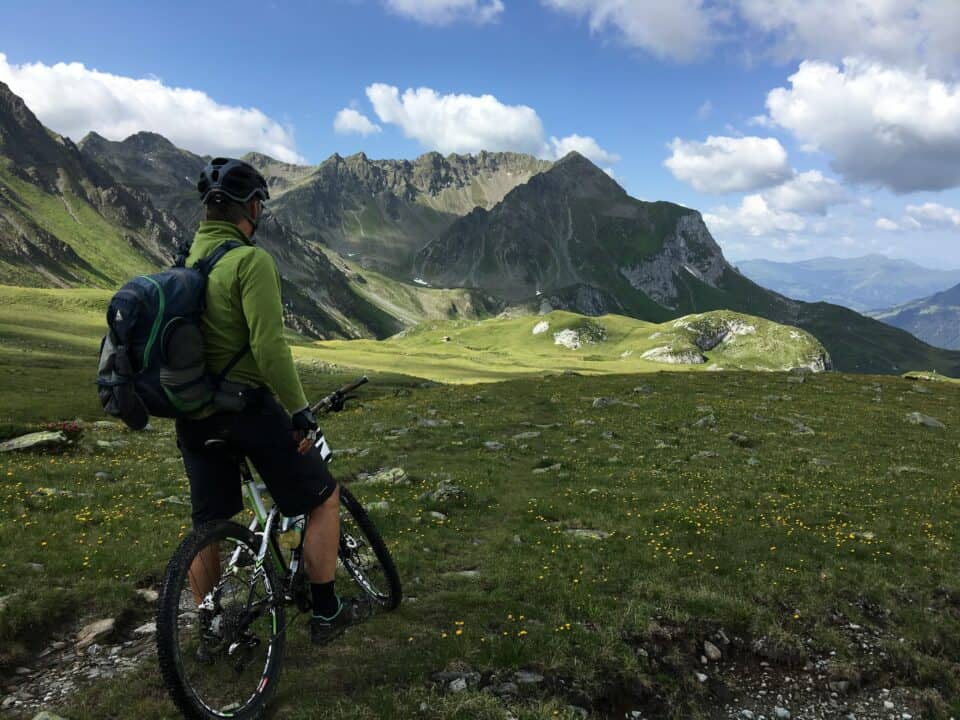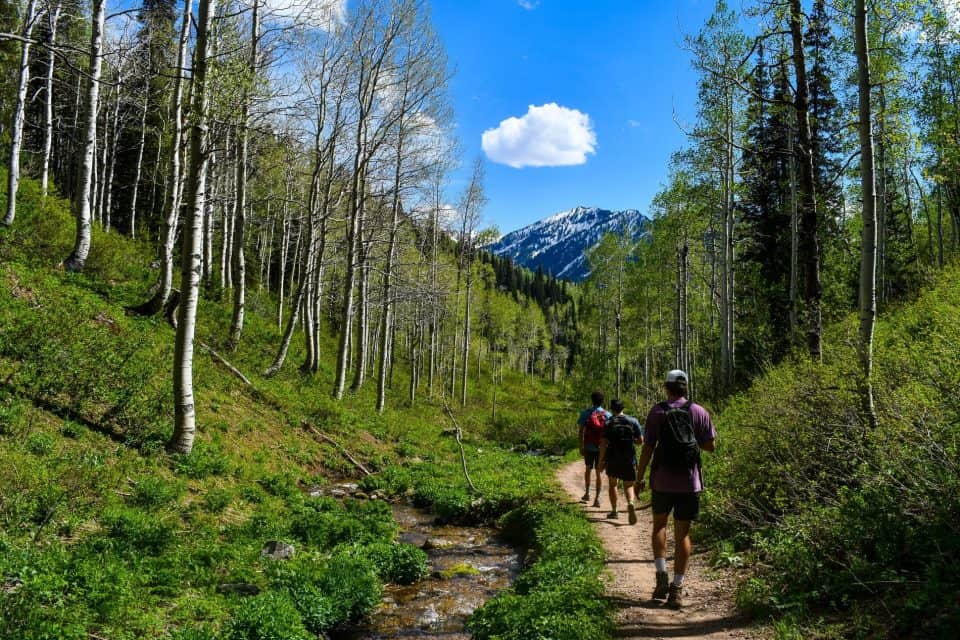The Camino de Santiago is not just a physical journey but also a personal and spiritual one. A network of pilgrimage routes leads to the city of Santiago de Compostela in northwest Spain. It is one of the most famous and historic pilgrimages in the world, with its roots dating back to the Middle Ages. The pilgrimage is undertaken by people from various backgrounds and motivations, including religious, cultural, and personal reasons.
The Camino de Santiago, also known as the Way of Saint James, has a rich history dating back over a thousand years. It is believed that the remains of the apostle St. James were discovered in the 9th century in what is now Santiago de Compostela. As news of the discovery spread, pilgrims from across Europe began making their way to the shrine, and a network of pilgrimage routes developed.
Caminos
There are multiple routes (known as “caminos”) that converge on Santiago de Compostela. The most popular route is the Camino Francés, which starts in Saint-Jean-Pied-de-Port in France and stretches about 800 kilometers to Santiago. Other routes include the Camino Portugués, Camino del Norte, and Camino Primitivo. Each route offers its own unique landscapes, cultural experiences, and challenges. The Camino is well-marked with yellow arrows, shells, and other symbols to guide pilgrims along the route.
Pilgrim’s passport
To receive an official certificate (Compostela) upon completing the pilgrimage, walkers must cover at least 100 kilometers on foot or 200 kilometers by bicycle. Pilgrims obtain a “credential” or “pilgrim’s passport,” which is stamped at various points along the route as proof of their journey.
Along the Camino, you’ll find a range of accommodation options, including albergues (hostels), guesthouses, and hotels. Albergues are often simple and affordable, offering a communal and social atmosphere.
The Camino passes through diverse landscapes, including picturesque countryside, rolling hills, historic towns, and even mountainous regions. You’ll walk through vineyards, forests, farmland, and along coastal paths, depending on the chosen route.
Santiago de Compostela Cathedral
The Camino is rich in cultural and historical sites. Pilgrims can explore stunning cathedrals, churches, monasteries, and medieval villages. Santiago de Compostela itself is a UNESCO World Heritage Site and home to the magnificent Santiago de Compostela Cathedral, which houses the supposed remains of St. James.
The Camino attracts a diverse range of people from all over the world, including religious pilgrims, spiritual seekers, hikers, cyclists, and those simply looking for an adventurous journey. The Camino fosters a strong sense of community and camaraderie among pilgrims from around the world. People undertake the pilgrimage for various reasons, such as seeking personal reflection, connecting with nature, religious devotion, spiritual growth, or to seek a break from the modern world.
The best time to walk the Camino is typically during the spring (April to June) and fall (September to October) when the weather is milder. Summers can be hot, and winters can be cold and challenging in some areas. It’s important to prepare physically for the journey by walking and hiking to build stamina. Proper gear, such as sturdy footwear, a comfortable backpack, and moisture-wicking clothing, is essential.
Different routes to Santiago de Compostela
The Camino de Santiago, also known as the Way of St. James, offers several different routes or “ways” that pilgrims can take to reach Santiago de Compostela. While there are variations and smaller paths within each route, here are the main routes commonly taken:
1. Camino Francés (French Way): This is the most popular and well-known route, starting in various locations in France, such as Saint-Jean-Pied-de-Port or Roncesvalles, and spanning approximately 780 kilometers. It crosses the Pyrenees, passes through the major cities of Pamplona, Burgos, and León, and ends in Santiago de Compostela.
2. Camino Portugués (Portuguese Way): This route begins in Lisbon, Portugal, or Porto, Portugal, and covers around 610 kilometers. It passes through historical towns like Coimbra and crosses into Galicia before reaching Santiago de Compostela.
3. Camino del Norte (Northern Way): Starting in Irún, near the French-Spanish border, this route runs along the northern coast of Spain, covering approximately 825 kilometers. It offers stunning coastal scenery and passes through cities like San Sebastián, Bilbao, and Oviedo before joining the Camino Francés in Arzúa.
4. Via de la Plata (Silver Way): This is the longest Camino route, spanning around 1,000 kilometers, and starting in Seville or Granada in southern Spain. It passes through various regions, including Extremadura and Castilla y León, before joining the Camino Francés in Astorga.
5. Camino Inglés (English Way): Historically, pilgrims from England and northern Europe would travel by boat to A Coruña or Ferrol and start their journey from there, covering around 120 kilometers. It is one of the shorter routes and has gained popularity in recent years.
These are the main routes, but there are also additional variations and combinations of paths that pilgrims can take, such as the Camino Primitivo, Camino Fisterra, and Via Francigena. Each route has its own unique landscapes, historical sites, and cultural experiences, providing pilgrims with a diverse range of options to choose from.

This article is part of the series by Conscious Travel Guide, your resource for mindful globetrotting.


